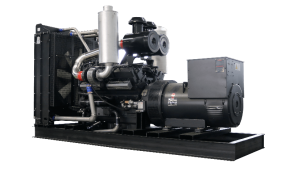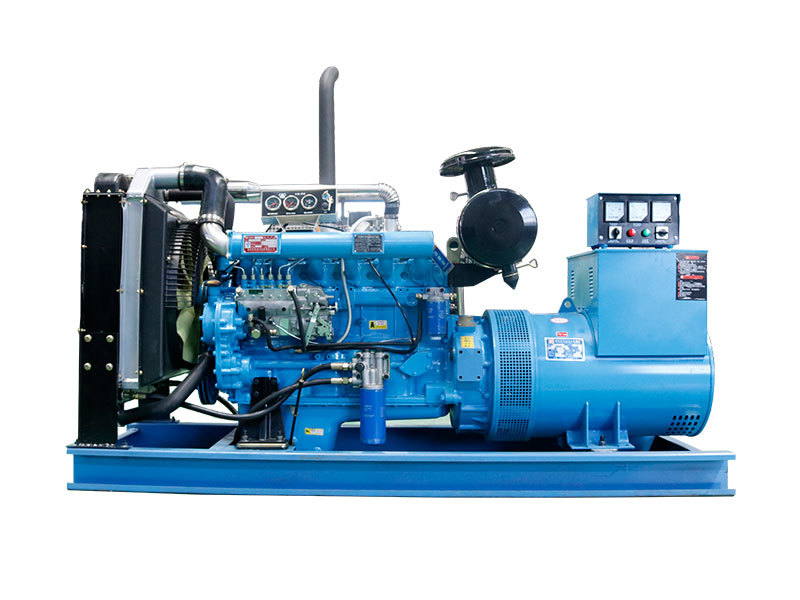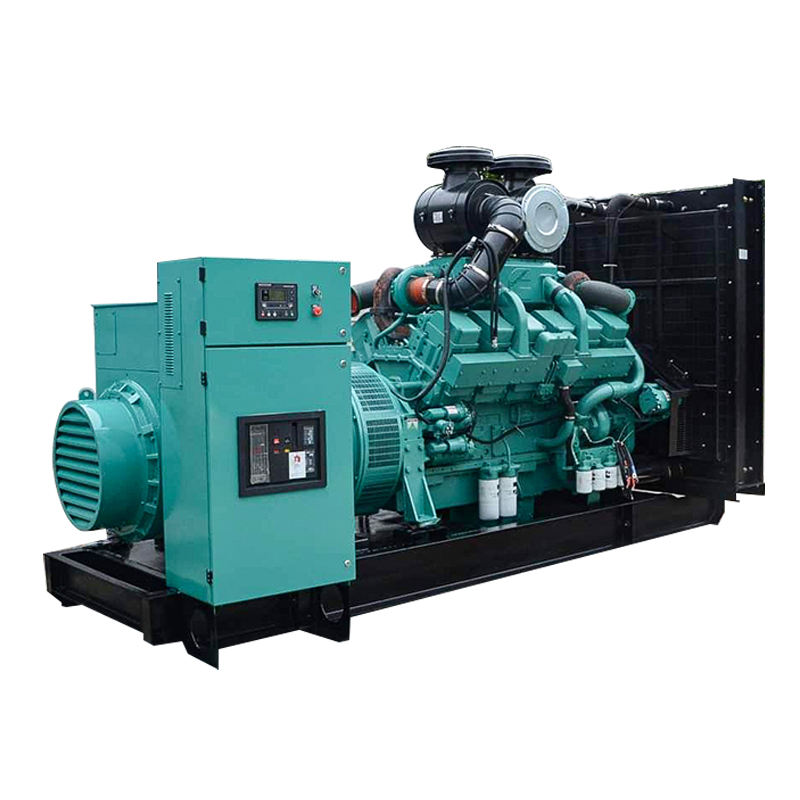The Definitive Industrial Generator Set Sizing Guide: Powering Your Operations with Precision
Frankly speaking, the heart of any robust industrial operation often beats to the rhythm of its power supply. When the grid falters, a reliable industrial generator set isn't just a convenience; it's the lifeline that keeps production lines humming, critical systems online, and profits from plummeting. But here's the kicker: simply having a generator isn't enough. The true magic lies in having the *right-sized* generator. This comprehensive industrial generator set sizing guide is designed to demystify the process, ensuring your investment delivers optimal performance without a hitch.
Many businesses, to be honest, overlook the criticality of precise generator sizing. They either go too big, leading to inefficiencies and costly issues, or worse, too small, risking catastrophic failures and equipment damage. Neither scenario is ideal, and both can hit your bottom line hard. Our goal here is to equip you with the knowledge and steps needed to make an informed decision, safeguarding your operations and maximizing your power solution's lifespan.
Why Accurate Sizing is Non-Negotiable for Industrial Operations
Have you ever considered the true cost of an improperly sized generator? It’s far more than just the purchase price. An undersized generator will struggle to meet demand, leading to frequent overloads, premature wear and tear on components, and ultimately, a shortened lifespan. Think of it like trying to tow a semi-truck with a compact car – it’s simply not built for the job, and it will break down quickly.
Conversely, an oversized generator, while seemingly safer, comes with its own set of problems. It runs inefficiently, consuming more fuel than necessary and often operating at a low load. This low-load operation can lead to "wet stacking," where unburnt fuel and carbon deposits accumulate in the exhaust system, causing reduced performance, increased maintenance, and potential damage. Interestingly enough, while it might seem counterintuitive, an oversized generator can be just as detrimental as an undersized one, albeit in different ways. In my experience, finding that "just right" balance is paramount for long-term reliability and cost-effectiveness.
The core principle behind proper industrial generator set sizing guide is simple: match the generator's capacity precisely to your facility's power demands. This ensures peak efficiency, extends the life of your equipment, reduces operational costs, and provides the dependable power supply your industrial processes demand.
Key Factors Influencing Your Industrial Generator Set Sizing
Determining the correct generator size is a multi-faceted process that goes beyond just adding up the nameplate ratings of your equipment. It requires a deep dive into your operational needs and environmental conditions. Here are the critical factors I've found to be most impactful:
Understanding Your Load Profile (The Heart of the Matter)
This is arguably the most crucial step in any commercial generator sizing exercise. You need to understand not just *what* equipment you have, but *how* it draws power. Loads can be categorized in several ways:
- Resistive Loads: These are straightforward loads like heating elements or incandescent lights, where current and voltage are in phase. They are relatively easy to calculate.
- Reactive Loads: Motors, transformers, and fluorescent lighting are prime examples. They require reactive power (measured in kVAR) to establish magnetic fields, causing current and voltage to be out of phase. This is where power factor comes into play.
- Non-linear Loads: Modern electronics, variable frequency drives (VFDs), computers, and LED lighting create harmonic distortions in the electrical waveform. These require careful consideration as they can impact generator performance and stability.
Beyond the type, you must differentiate between starting (inrush) current and running current. Motors, for instance, can draw 6-10 times their running current during startup. Your generator must be able to handle these momentary surges without tripping or stalling. Many experts agree that failing to account for inrush current is one of the most common mistakes in generator sizing.
Site-Specific Environmental Conditions
It's worth noting that a generator's rated power is typically based on standard conditions (e.g., sea level, 25°C/77°F). However, real-world conditions vary significantly and can impact performance. This is known as "derating."
- Altitude: As altitude increases, air density decreases, affecting engine combustion and alternator cooling. Generators lose approximately 3.5% of their power for every 1,000 feet above 500 feet.
- Temperature: Higher ambient temperatures reduce engine efficiency and alternator cooling capacity. A generator might lose 1% of its power for every 10°F above 40°C (104°F).
- Humidity: While less impactful than temperature or altitude, very high humidity can slightly reduce engine power.
Ignoring these derating factors means you'll end up with a generator that performs below its advertised capacity in your specific environment, effectively making it undersized for your needs.
Application Type and Redundancy Needs
How will the generator be used? This dictates the required operational mode:
- Standby Power: For emergency use during utility outages. It's designed for intermittent operation.
- Prime Power: For continuous operation where utility power is unavailable or unreliable. It's the primary power source.
- Continuous Power: For non-stop operation at a constant load, typically in remote locations.
Furthermore, consider your redundancy requirements. For critical industrial processes, an N+1 or N+2 configuration (where N is the required capacity, plus one or two additional generators for backup) might be essential to ensure uninterrupted operation, even if one generator fails. This is a key aspect of any robust backup power system calculation.

The Step-by-Step Process: Calculating Your Generator Needs
Now that we understand the influencing factors, let's walk through the practical steps involved in this industrial generator set sizing guide. This methodical approach will help you gather the necessary data and perform accurate calculations.
Step 1: Inventory All Loads (The Comprehensive List)
Begin by creating a detailed list of every piece of equipment that will be powered by the generator. For each item, gather the following information from its nameplate or specifications:
- Voltage (V): Single-phase or three-phase.
- Amperage (A): Running amps and, crucially, starting (inrush) amps for motors.
- Wattage (W) or Kilowatts (kW): The real power consumed.
- kVA (Kilovolt-Amperes): The apparent power.
- Power Factor (PF): If available (typically for motors).
- Phase: Single-phase or three-phase.
- Duty Cycle: Is it continuous, intermittent, or only used during startup?
Categorize these loads by their criticality (e.g., essential, critical, non-essential) and their operational schedule (e.g., always on, only during specific shifts, startup only).
Step 2: Determine Starting and Running Amperage/kVA/kW
For resistive loads, kW and kVA are often very close (PF near 1.0). For inductive loads (motors), you'll need to account for the power factor. If you only have amps and volts, you can calculate kVA:
Single Phase: kVA = (Volts x Amps) / 1000
Three Phase: kVA = (Volts x Amps x 1.732) / 1000
Then, to get kW (real power): kW = kVA x Power Factor
The most challenging part of generator load assessment is accurately determining motor starting requirements. Direct-on-line (DOL) starts draw the highest inrush current. If your facility uses soft starters or Variable Frequency Drives (VFDs), the starting current will be significantly lower, which can impact your overall generator size. Always use the highest starting current for any motor that might start simultaneously with other critical loads.
Step 3: Calculate Total Load Requirements
This involves summing up your loads, but with a critical nuance: you need to consider the *sequence* in which loads will start and operate. The generator must be large enough to handle the largest single motor starting while other continuous loads are running.
Create a "load schedule" that outlines which loads will be running simultaneously and which motors will start at what point. The peak demand will likely occur when the largest motor starts while other significant loads are already online. Don't just sum up all nameplate kW; that's often misleading. Instead, focus on the maximum simultaneous demand.
It's also wise to apply a "diversity factor." Not all equipment will run at full capacity all the time, nor will everything be turned on at once. A diversity factor (e.g., 0.8 for some industrial settings) can help refine your total running load, but be cautious not to over-apply it, especially for critical systems.
Step 4: Account for Derating Factors and Safety Margins
Apply the derating factors for altitude and temperature discussed earlier. If your calculated load is X kW, and you anticipate a 10% derating due to environmental conditions, your generator needs to be sized for X / 0.9 kW. This is a crucial step in any precise backup power system calculation.
Additionally, I've found that adding a safety margin of 10-20% for future growth or unforeseen load additions is always a smart move. Industrial operations evolve, and having a bit of headroom prevents you from needing a new generator sooner than expected.
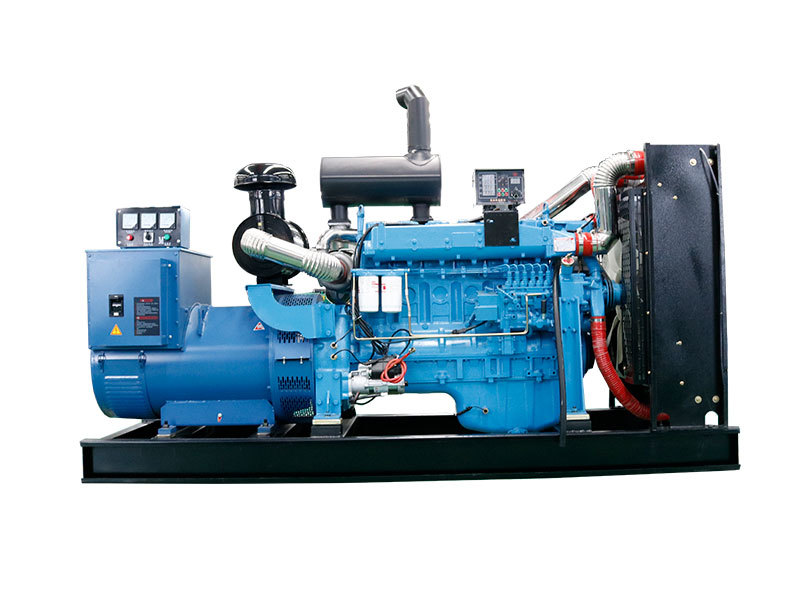
Step 5: Convert kVA to kW (and vice-versa)
Generators are often rated in both kVA and kW. It's vital to understand the relationship, which is tied to the power factor. Most industrial generators are rated at a power factor of 0.8 (meaning 80% of the kVA is usable kW). So, a 100 kVA generator at 0.8 PF provides 80 kW. Ensure your calculated load (in kW) is compared against the generator's kW rating, considering its power factor.
Common Pitfalls and Expert Recommendations
Even with the best intentions, mistakes can happen. Here are some common pitfalls I've observed during generator load assessment and my recommendations to avoid them:
- Ignoring Inrush Current: This is by far the most frequent error. A generator sized only for running loads will fail when a large motor attempts to start. Always factor in the highest starting current of your largest motor, especially when it starts with other loads already running.
- Underestimating Future Growth: Businesses expand, and so do their power needs. A generator sized precisely for today's needs might be undersized in just a few years. Build in that 10-20% buffer.
- Not Considering Non-Linear Loads: Modern electronics introduce harmonics that can cause voltage distortion and overheating in generators not designed to handle them. For facilities with significant IT equipment, VFDs, or LED lighting, consider generators with oversized alternators or specific harmonic mitigation features.
- Neglecting Fuel Storage and Maintenance: A perfectly sized generator is useless without adequate fuel and regular maintenance. Plan for sufficient fuel storage and a robust preventative maintenance schedule from day one.
- Relying Solely on Nameplate Data: While a good starting point, nameplate data doesn't always tell the full story, especially for older or heavily used equipment. Actual power draw can vary. If possible, conduct a power audit with a qualified electrician to get real-world measurements.
Ultimately, while this industrial generator set sizing guide provides a robust framework, the complexity of industrial power systems often benefits from expert input. Consulting with a qualified generator specialist or electrical engineer can save you significant headaches and costs down the line. They can perform detailed load studies, analyze harmonic content, and provide tailored recommendations based on their extensive experience. It's an investment that pays dividends in reliability and peace of mind.
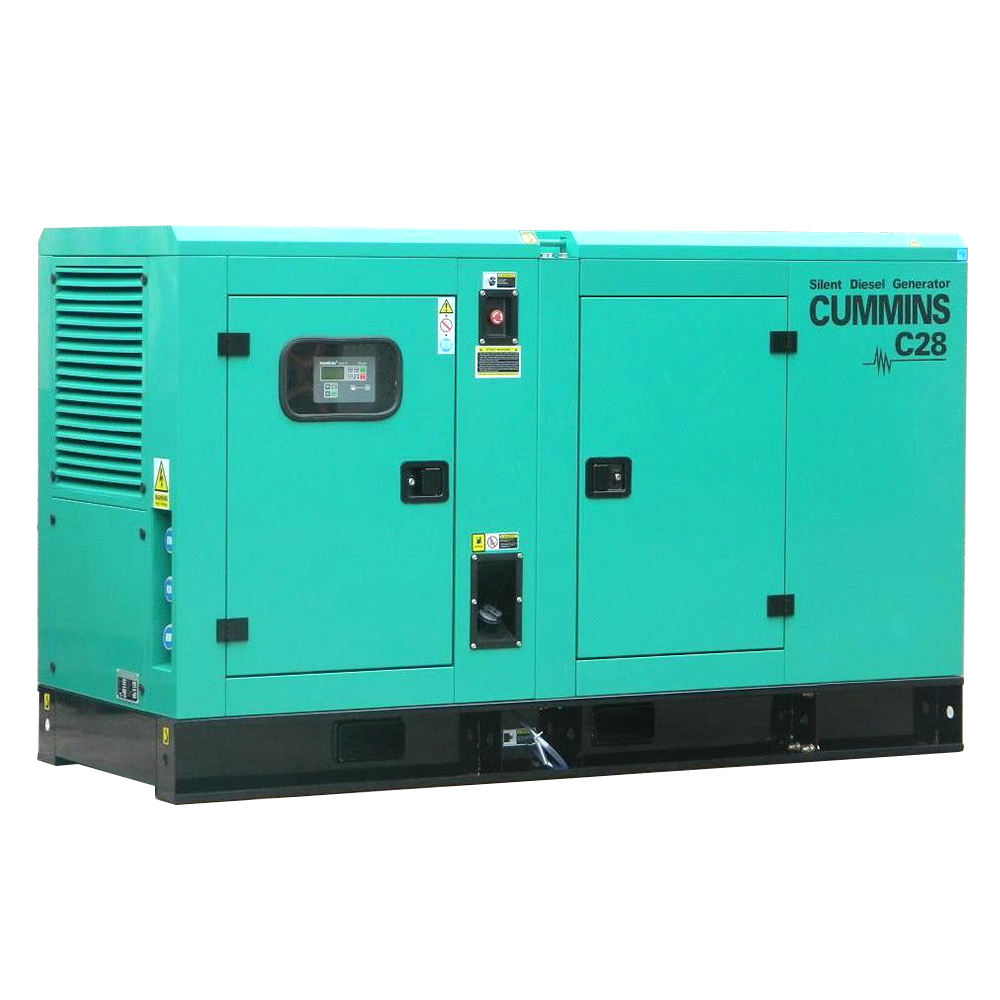
In conclusion, the meticulous process of industrial generator set sizing is not just about numbers; it's about ensuring the continuity, efficiency, and safety of your entire operation. By carefully assessing your load profile, accounting for environmental factors, and following a methodical calculation process, you can select a generator that is perfectly matched to your needs. This precision not only optimizes performance and extends equipment life but also safeguards your critical processes against unexpected power disruptions. Ready to ensure your operations never miss a beat?
For more detailed information, please visit our official website:industrial generator set sizing guide
About the author: Markus Thorne is a seasoned power generation consultant with over 20 years of experience in designing and implementing industrial power solutions. Specializing in generator sizing and critical power infrastructure, he has helped countless businesses optimize their energy resilience. His expertise lies in translating complex electrical requirements into practical, reliable, and cost-effective power systems.
